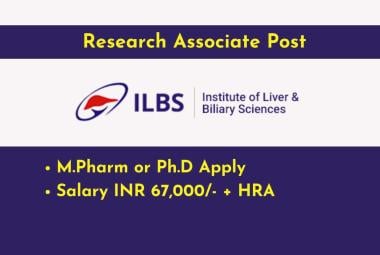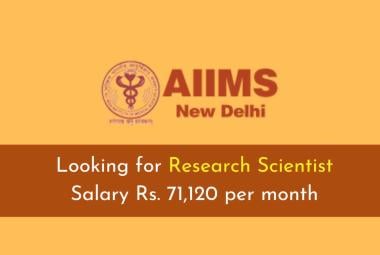The HIV and AIDS (Prevention and Control) Bill, 2014, which aims to ensure the equal rights of people living with HIV in medical treatment, education and employment, was adopted by Discrimination on the part of the state or any other person, while providing for penal provisions for any prejudice against a person with HIV / AIDS and for breach of confidentiality.
However, during the debate on the measure, many members suggested that part of the bill be amended to delete the phrase "to the extent possible" to provide medical treatment to the Center and States to persons infected with HIV and AIDS Defying on the purpose of the move.
However, during the debate on the measure, many members suggested that part of the bill be amended to delete the phrase "to the extent possible" to provide medical treatment to the Center and States to persons infected with HIV and AIDS Defying on the purpose of the move.
The bill makes it incumbent on central and state governments to provide for anti-retroviral therapy (ART) and management of opportunistic infections (infections that take advantage of weakness in the immune system and occur frequently). The protection provided by the bill extends to the areas of employment, health services, educational services, public facilities, property rights, the public service and insurance.
The bill, proposed by the Minister of Health, J P Nadda, was adopted in the Upper House by a vote of votes. Although the bill was presented to Parliament by the UPA government, amendments to the HIV and AIDS (Prevention and Control) Bill, 2014, were revived by the Modi government last July .
For instance, the bill now makes anti-retroviral treatment a legal right for all HIV/AIDS patients. Since then, the Ministry of Health has made several amendments to the original bill to address several concerns raised by the HIV community as well as state governments.
It has also adopted "test and treat" policy which means any person testing positive will be entitled for free treatment by the state and central government. It also provides for confidentiality of HIV-related information and makes it necessary to get informed consent for undertaking HIV tests, medical treatment and research.
<< Back to Pharma News
Subscribe to PharmaTutor News Alerts by Email








